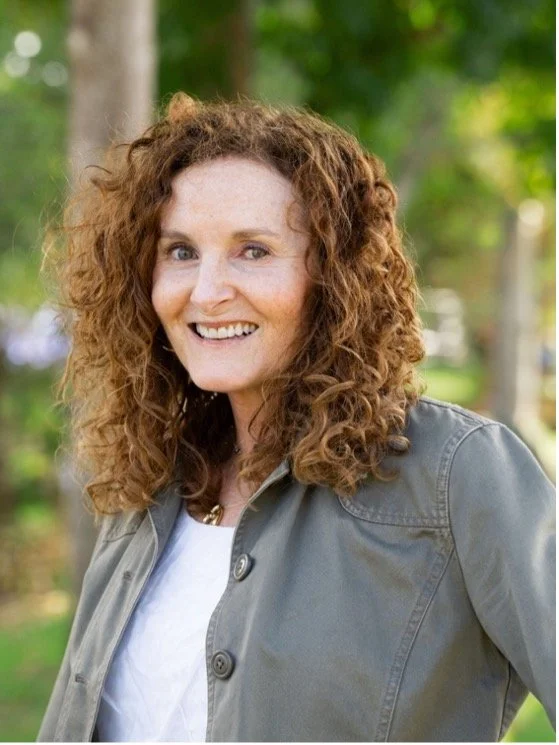Susan Freinkel has written a very timely article on the links between pesticides and neurotoxicity: Warning Signs: How Pesticides Harm the Young Brain. In it, she interviews Brenda Eskenazi, a prominent researcher who investigates the damage done to children by our excessive pesticide use:
Even as the researchers have been trying to unravel the tangled effects of pesticides and other chemicals on children's development, they've been devising practical ways to help the study's participants reduce their risk of exposure—a rare example of community engagement by academic scientists. In a place that's often sharply polarized between those who own the fields and those who work in them, CHAMACOS researchers have insisted on involving all sides. They've worked with growers and farmworker advocates to explore ways to mitigate exposure and have spun off studies to answer questions and concerns in the local community. It's been "a partnership, not a top-down approach," says Asa Bradman, one of the researchers. Recently, after hearing from local daycare centers that they were worried about the pesticides used in their facilities, Bradman launched a series of small studies to investigate the problem and help the daycare centers and their pest-control companies find child-safe methods.
"It's one of the things I find most impressive about their work," says Dan Shapiro, a professor at California State University, Monterey Bay, and a member of CHAMACOS's community advisory board. "They have a genuine interest in engaging, collaborating and serving the community rather than swooping in as disinterested researchers, collecting data and leaving."
That approach is partly a reflection of the study's chief investigator, Brenda Eskenazi, a professor of maternal and child health and epidemiology at UC Berkeley. A self-described "child of the '60s," Eskenazi has a longstanding passion for community-based research. She has a Berkeley openness and warmth, but also an ex–New Yorker's sharp edge. With research in Italy and South Africa as well as Salinas, Eskenazi is exhaustingly on the go. Colleagues are used to her phoning in for conference calls from her car.
Eskenazi trained to be a neuropsychologist, but in 1978, seven years into her PhD, an adviser sent her to Michigan to interview people who were complaining of memory loss after being exposed to polychlorinated biphenyls, a now-banned class of industrial chemicals. She was astonished to learn that chemicals in the environment could affect people's brains as strongly as pharmaceuticals, and she wanted to keep studying the issues that revelation raised. "It was a turning point in my life," Eskenazi recalls. "I said, 'I don't know what this field is called, but that's what I'm going to do.'" Never one to do things halfway, she completed a postdoctoral fellowship in toxicology and epidemiology. Likewise, when she started the CHAMACOS study, she took classes to improve her Spanish. Though her father was Cuban, she'd never learned the language well.
In the late 1990s, the National Institute for Environmental Health Sciences announced that it was going to set up centers around the country to research the influence of genetics and environmental chemicals on children's health. Eskenazi, by then a member of the UC Berkeley faculty, was determined to win one of the grants. Given that California was the foremost agricultural state in the nation as well as a leading user of pesticides, Eskenazi's decision to focus on the effects of the chemicals used in farming was "a no-brainer." "I wanted to do something to answer the health concerns of my state," she says. Eskenazi and her team picked the Salinas Valley because it was only two hours south of Berkeley, grew crops year-round (which meant people stayed put) and had some of the most intensive pesticide use in California. They decided to focus on the effects on brain development of organophosphate pesticides—then the most commonly used insecticides in the valley. At the time, there was almost nothing on the subject in the scientific literature. When Eskenazi and Bradman began visiting the valley, they were met with some wariness. Growers feared they had an anti-pesticide agenda, and farmworkers worried they could lose their jobs if they agreed to participate. The researchers connected with local clinics and gave gift cards to families who enrolled. Over a two-year period, from 1999 to 2000, they enrolled a cohort of 601 pregnant women—most born in Mexico, working as or living with farmworkers, and with an income well below the poverty line. As the women gave birth, the researchers began following the children—an initial group of 536—with periodic assessments.
To determine what the children were exposed to in the womb, the researchers took urine and blood samples from the women while pregnant and at delivery. To gauge the presence of pesticides in participants' homes, the researchers did inspections and took dust samples. And to assess impacts, they questioned the mothers every few years about their children's behaviors and tracked the kids through periodic tests: physical exams, neurobehavioral assessments, and analyses of their urine, blood, saliva, baby teeth and hair. (Over time, about half of the children dropped out of the study, so in 2010 and 2011, the researchers recruited another 300 9-year-olds to start following.)
All of that information—including more than 150,000 biological samples stored in banks of freezers at a facility in Richmond, California—constitutes a treasure trove of data that Eskenazi and her colleagues have mined for more than a hundred scientific papers. Over the years, they have broadened their investigations to look at the effects of other chemicals to which the CHAMACOS children have been exposed, including fungicides, fumigants, bisphenol A and flame retardants. (They explored the last one because, until recently, California required the retardants to be present in any upholstered furniture sold in the state.) "We call the exposures we've looked at 'the California mix,'" Eskenazi says.
By now, she has made the 105-mile trip to Salinas hundreds of times. Still, every time she sees that first crew of workers bent over in their backbreaking labor, she feels deeply moved. When she was passing out plates of food at a recent gathering of CHAMACOS families, she began to cry. None of her other research affects her that way. "I go to Salinas, and I cry. I don't know why," she says. There's something about this population that affects her deeply: "What they do. How hard they work. Their values. It's all very special for me."
For the full article, please visit http://truth-out.org/news/item/22482-warning-signs-how-pesticides-harm-the-young-brain













